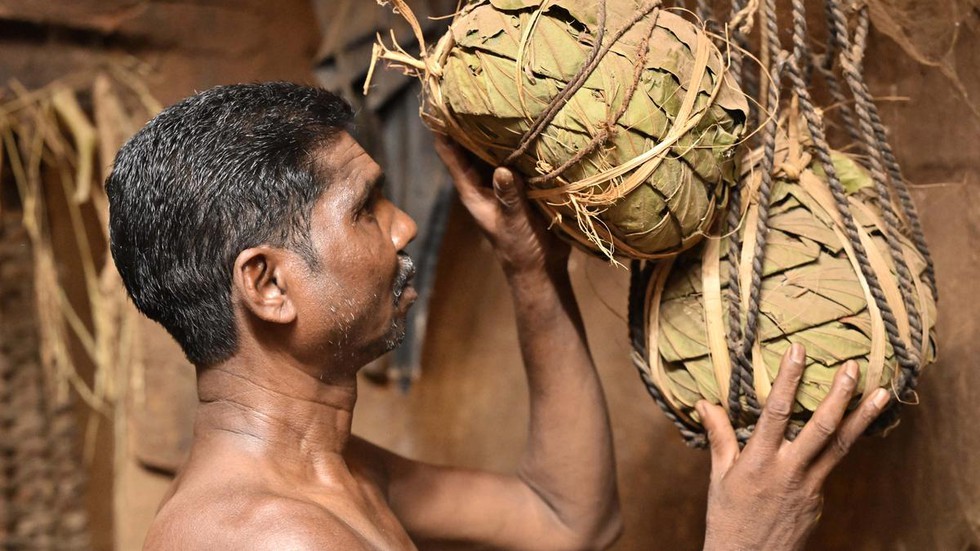The Muria tribes, situated in the heart of India’s tribal belt, have gained global recognition for their innovative seed preservation technique, which contributes to sustainable agriculture. This method has evolved over centuries in response to modernization and climate change, emphasizing the Muria people’s adaptation to ensure food security while preserving biodiversity.
The Muria Seed Preservation Technique
The preservation technique employed by the Muria tribes is characterized by its simplicity and effectiveness. By using locally available materials like clay pots, ash, and organic substances, they create a protective environment for seeds, safeguarding them from moisture, pests, and decay. This method not only preserves crop diversity but also reduces reliance on chemical inputs, promoting ecological balance.
Unique Features of the Muria Method
What distinguishes the Muria preservation method is its reliability and accessibility. Perfected over generations, it is based on practical experience rather than costly technology or synthetic chemicals. This accessibility empowers communities to maintain control over their food sovereignty, aligning with their traditional way of life.
Significance and Implications
Amid global concerns about climate change and food insecurity, the Muria tribes offer a model of resilience and sustainability. Their approach underscores the importance of indigenous knowledge in addressing these challenges. By preserving their cultural heritage and offering a practical solution to agricultural sustainability, the Muria tribes inspire hope and provide a blueprint for global agricultural practices.
Multiple Choice Questions (MCQs):
- What is the primary focus of the Muria tribes’ seed preservation technique?
- A) Maximizing crop yields
- B) Preserving biodiversity
- C) Introducing synthetic chemicals
- D) Implementing costly technology
- Answer: B) Preserving biodiversity
- What materials are used in the Muria preservation method?
- A) Synthetic chemicals and metal containers
- B) Clay pots, ash, and organic substances
- C) Plastic bags and refrigeration units
- D) Industrial-grade preservatives
- Answer: B) Clay pots, ash, and organic substances
- What distinguishes the Muria preservation method from conventional techniques?
- A) Its reliance on costly technology
- B) Its focus on maximizing crop yields
- C) Its accessibility and reliance on practical experience
- D) Its exclusive use of synthetic chemicals
- Answer: C) Its accessibility and reliance on practical experience
- What broader implications does the Muria preservation technique have?
- A) It reinforces dependency on external aid.
- B) It promotes cultural assimilation.
- C) It offers a model for global agricultural sustainability.
- D) It disregards the importance of biodiversity.
- Answer: C) It offers a model for global agricultural sustainability.
